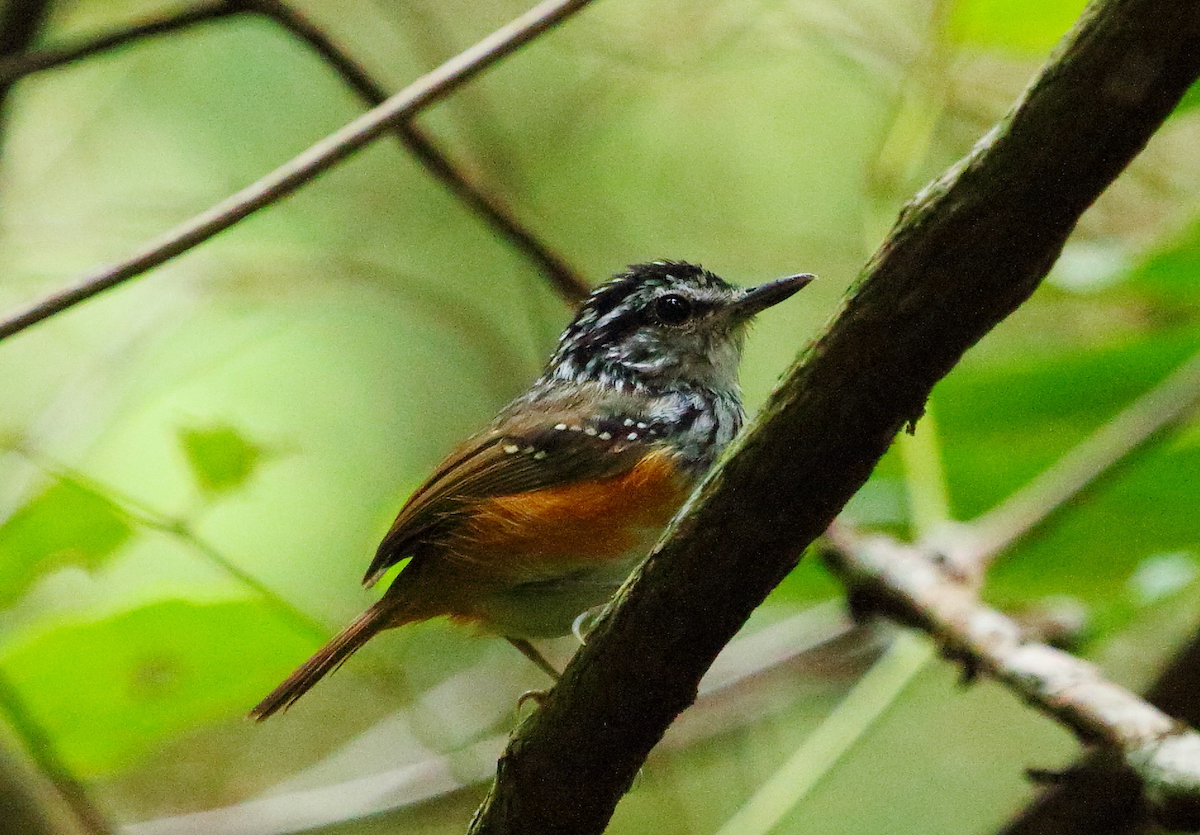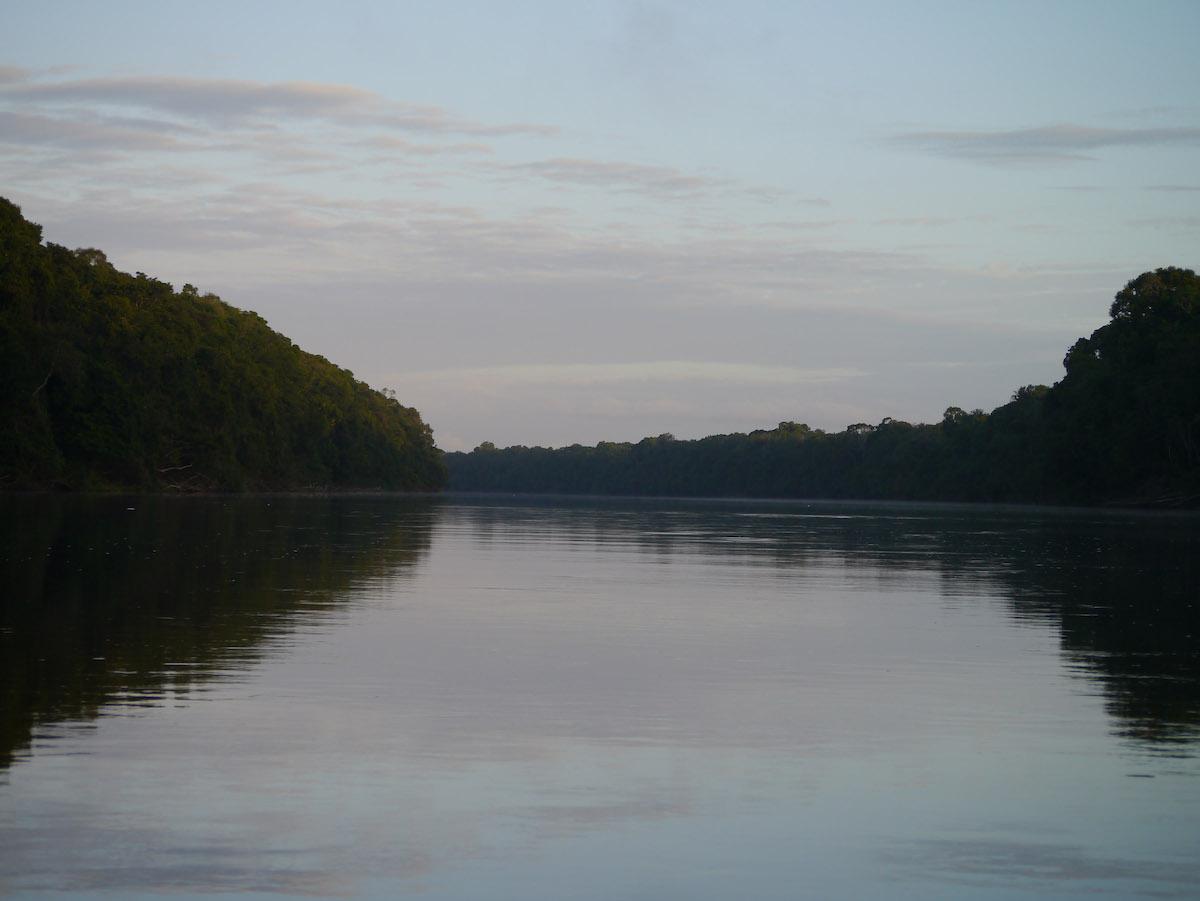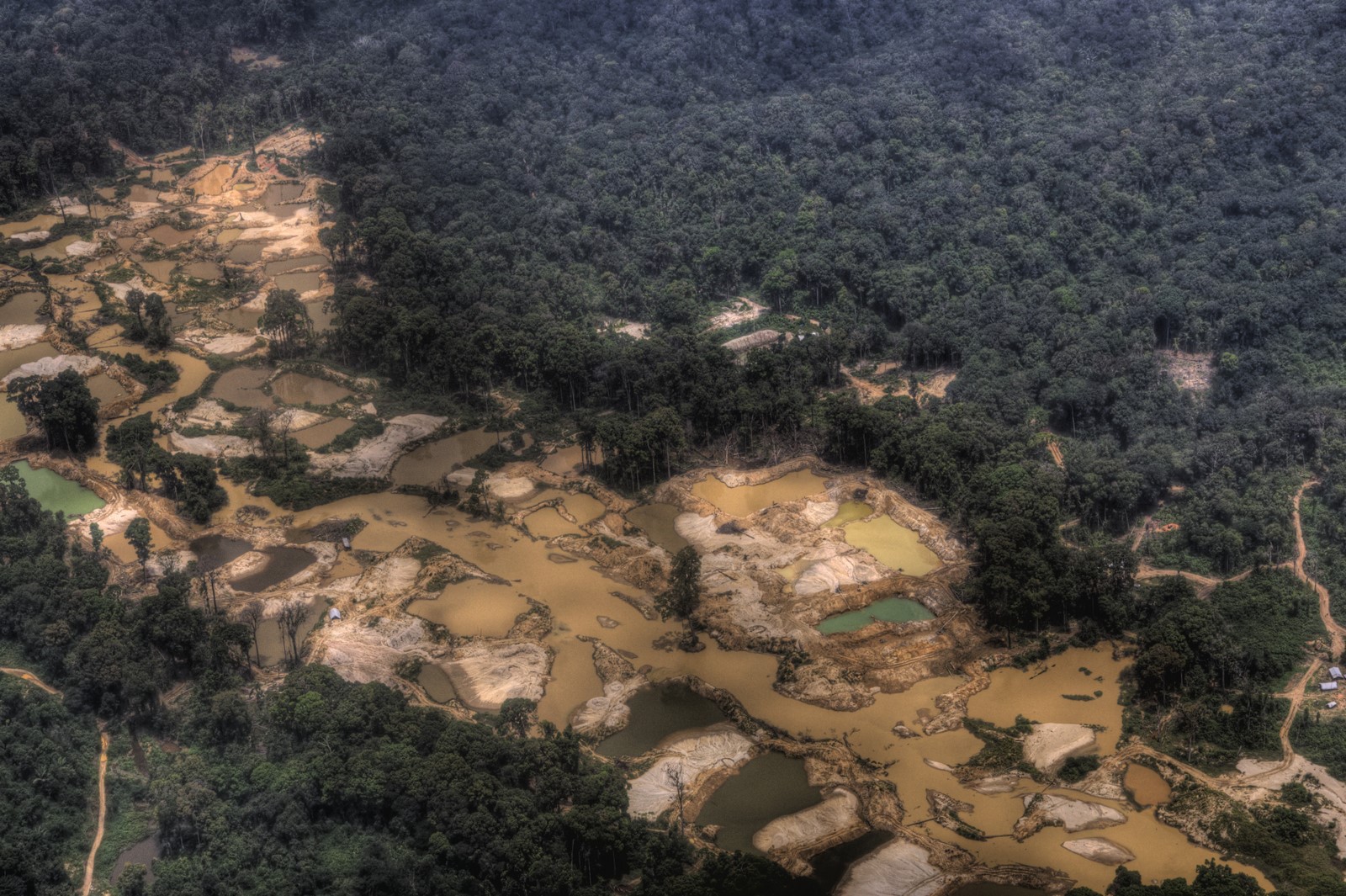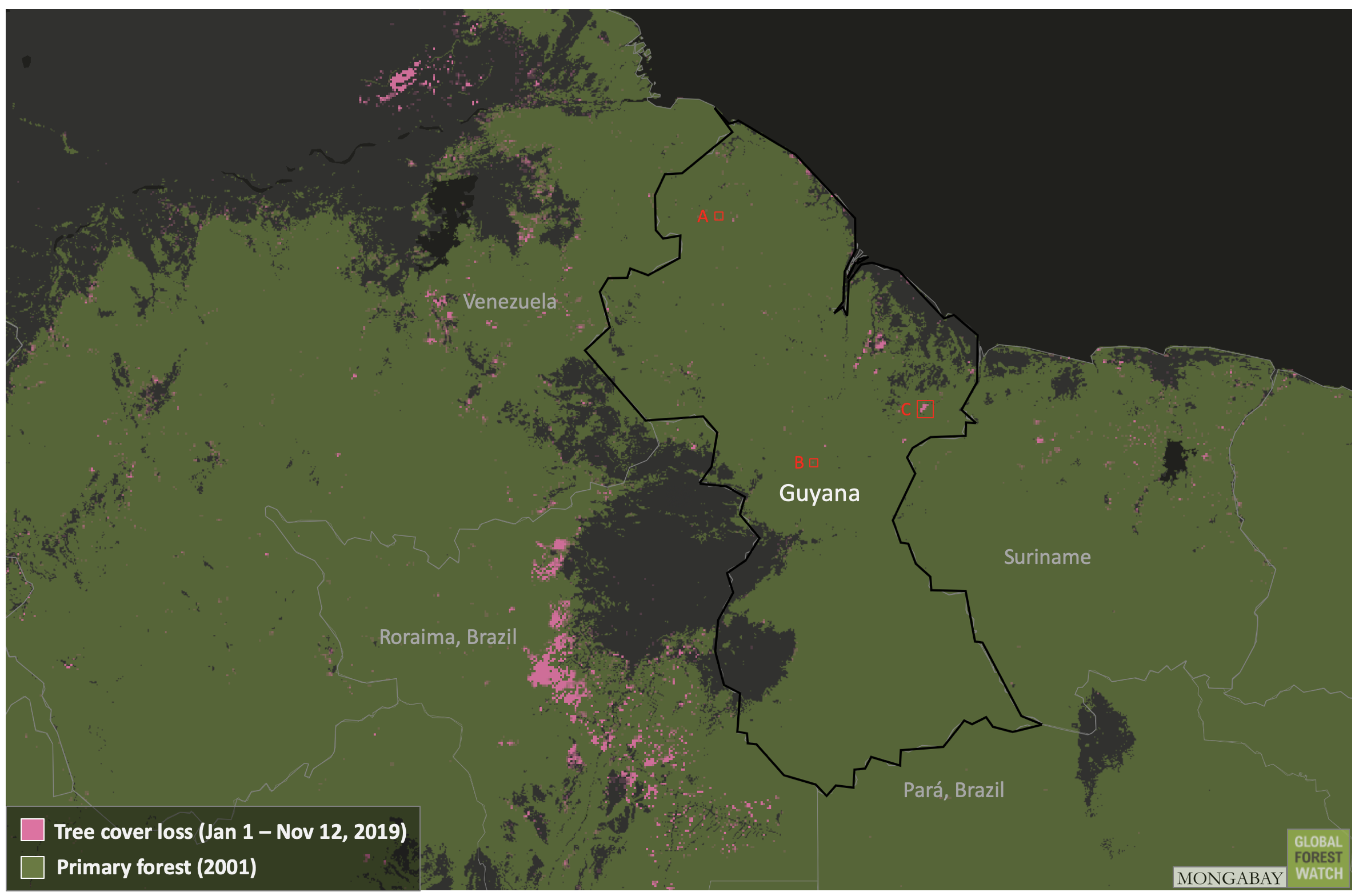Management of world’s forests must be water-centred
25 August 2021, Rome - Source - Food and Agriculture Organization - http://www.fao.org/news/story/en/item/1434541/icode/
New FAO-led report launched at World Water Week provides guidance on integrated forest-water management
 Amazon Rain forest.
Amazon Rain forest.
25 August 2021, Rome - Forests and trees play a vital role in meeting the world's increasing demand for water and need to be managed for water-related ecosystem services, according to a new guide co-published by the UN's Food and Agriculture Organization (FAO), the International Union of Forest Research Organizations (IUFRO), the Joint Research Centre of the European Commission, the United States Forest Service and partners, and launched today at World Water Week.
A Guide to Forest-Water Management is the first comprehensive global publication to provide guidance on the contribution of forests for a holistic approach to water resource management, including the management, monitoring and valuation of forests to deliver water-related ecosystem services.
Forested watersheds contribute substantially to the world's accessible freshwater for agricultural, industrial, environmental, and domestic uses, with the world's major cities increasingly reliant on water from forested watersheds. Two-thirds of urban water supplies would benefit from increased water quality with improved forest management, such as protection, restoration and/or reducing forest fuel loads to minimize fire risk.
"Water security is a significant global challenge, with repercussions for agriculture, energy production, people's basic needs and our supporting ecosystems," said FAO Deputy Director-General Maria Helena Semedo. "The twin challenges of climate change and a growing population are increasing pressure on our ecosystems. We need to recognize that forests play a key role in water security and prioritize water in forest management and governance decisions," she continued.
Accessible freshwater
The forest and water connection is essential to achieving the 2030 Agenda for Sustainable Development, especially Goals 6 (Clean Water and Sanitation), 14 (Life below Water), 15 (Life on Land) and 13 (Climate Action).
Forests and trees are integral to the water cycle. They also play significant roles in regulating water quantity, quality and timing and provide protective functions against soil and coastal erosion, flooding and avalanches, collectively known as water-related ecosystem services.
According to FAO's Global Forest Resources Assessment 2020, only 12 percent of the world's forests are managed with soil and water protection as a primary objective.
The guide calls for enhanced forest management that prioritizes the provision of water-related ecosystem services. This is needed to ensure forests also fulfill their potential as a nature-based solution to address water security, helping ensure sufficient quality water to sustain resilient communities and ecosystems.
"We are convinced that the valuation of ecosystem services is the starting point for managing forests and all the benefits they provide," said Shirong Liu, IUFRO Vice President and Deputy Coordinator of the IUFRO Task Force on Forests and Water Interactions in a Changing Environment.
Practical guidance
The new guide is aimed at natural resources practitioners with the goal of upholding and actively managing forests for the provision of water services and engaging the community, policy makers and investors in this commitment.
The guide reviews emerging techniques and methodologies, provides practical guidance and recommendations on how to manage forests for water ecosystem services, and features case studies from ecosystems where the two resources are strongly connected, such as mangroves, peatland, drylands and tropical montane cloud forest.
The publication also suggests that citizen science - public participation in scientific research and monitoring - as well as new online tools can help improve forest-water assessment and in turn beneficially influence policy and management decisions. In particular, FAO's System for Earth Observation Data Access, Processing and Analysis for Land Monitoring (SEPAL), which is based on user-friendly image-processing technologies, and its Forest and Landscape Water Ecosystem Services (FL-WES) tools are highlighted as new ways of monitoring and reporting on the forest-water nexus. A mechanism for benefit-sharing and cooperation between the forest and water sectors, payments for watershed services (PWS), is also outlined.
Related to this report, FAO and the Stockholm International Water Institute have produced an e-learning course, the Forest and Water Nexus, also launched this week, to help people understand the links between forests and water and how they translate these into benefits for people and the planet.
These new products add to FAO's vast collection of guidance and tools on water resource management


 Guyana’s rainforest provides vital habitat for many species, such as this Guianan warbling antbird (Hypocnemis cantator). Image by Feroze Omardeen via Wikimedia Commons (
Guyana’s rainforest provides vital habitat for many species, such as this Guianan warbling antbird (Hypocnemis cantator). Image by Feroze Omardeen via Wikimedia Commons ( A river flows through pristine rainforest in Guyana’s Iwokrama wilderness reserve. Image by user M M via Wikimedia Commons (
A river flows through pristine rainforest in Guyana’s Iwokrama wilderness reserve. Image by user M M via Wikimedia Commons ( Small-scale gold mining is common in Guyana. This photo was taken near the mining town of Mahdia. Image by Marco Farouk Basir via Wikimedia Commons (
Small-scale gold mining is common in Guyana. This photo was taken near the mining town of Mahdia. Image by Marco Farouk Basir via Wikimedia Commons ( Guyana’s forests are refuges for species threatened with extinction, like this white-throated toucan (Ramphastos tucanus), which is listed as Vulnerable by the IUCN. Image by user M M via Wikimedia Commons (
Guyana’s forests are refuges for species threatened with extinction, like this white-throated toucan (Ramphastos tucanus), which is listed as Vulnerable by the IUCN. Image by user M M via Wikimedia Commons (


